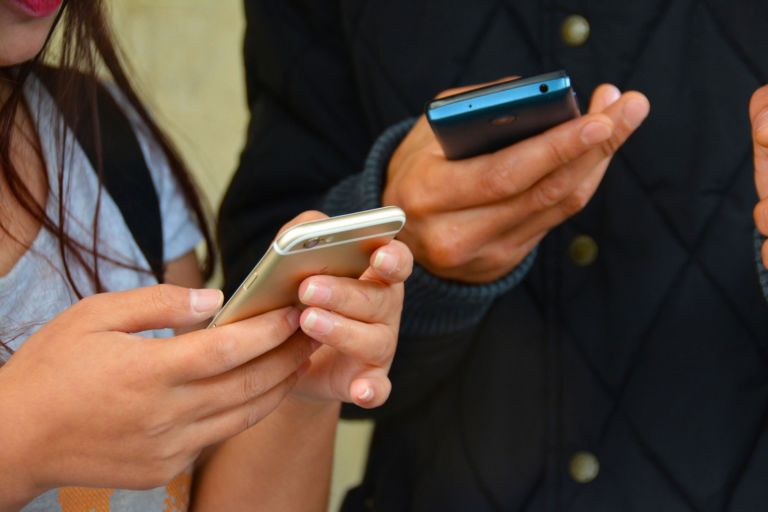Kayla Bartsch writes for National Review Online about a disturbing trend in today’s public spaces.
I normally march all the way to the end of the train in order to snag a seat on the quiet car. I choose this spot not to avoid mellow conversations between passengers or the tender squeals of an infant, but to avoid the cacophonous blasting of different tunes and voices and sound effects, leaping out of tinny speakers and into the shared soundscape.
Why do we tolerate all this noise? Well, apparently it’s racist not to (the New Yorker wanted to make sure you knew that).
Now that we all have sound machines in our pockets — with the capacity to play an infinite variety of songs, videos, reels, etc. — should not lovers of equality advocate shared quietude over shared sound? The former can be shared by all, while the latter necessarily devolves into a competition of volume.
Of course, trains are noisy beasts to begin with — but there is a stark difference between white noise (i.e., the rhythmic chugging of the train on the track, the whir of the air conditioner, the din of conversation) and sharp bursts of digitized, human sounds. The new norm of playing music or TikTok — or even a whole movie — on speaker has fractured the common soundscape of public spaces. …
… While such fusillades of sound are most egregious on public transit — where everyone is trapped together in a small, reverberant tin can — they occur in all shared spaces these days.
On a quick trip to the grocery store before picking up the kids from school? Not so fast! You’re first going to be subjected to influencer TikToks from every aisle in the store.
Enjoying a peaceful, sunny afternoon in the park, book in hand? Not after the guy on the bench next to you starts blasting highlight reels from his phone. …
… Self-enforced noise regulation, when in public, has long been a mark of an ordered society.
